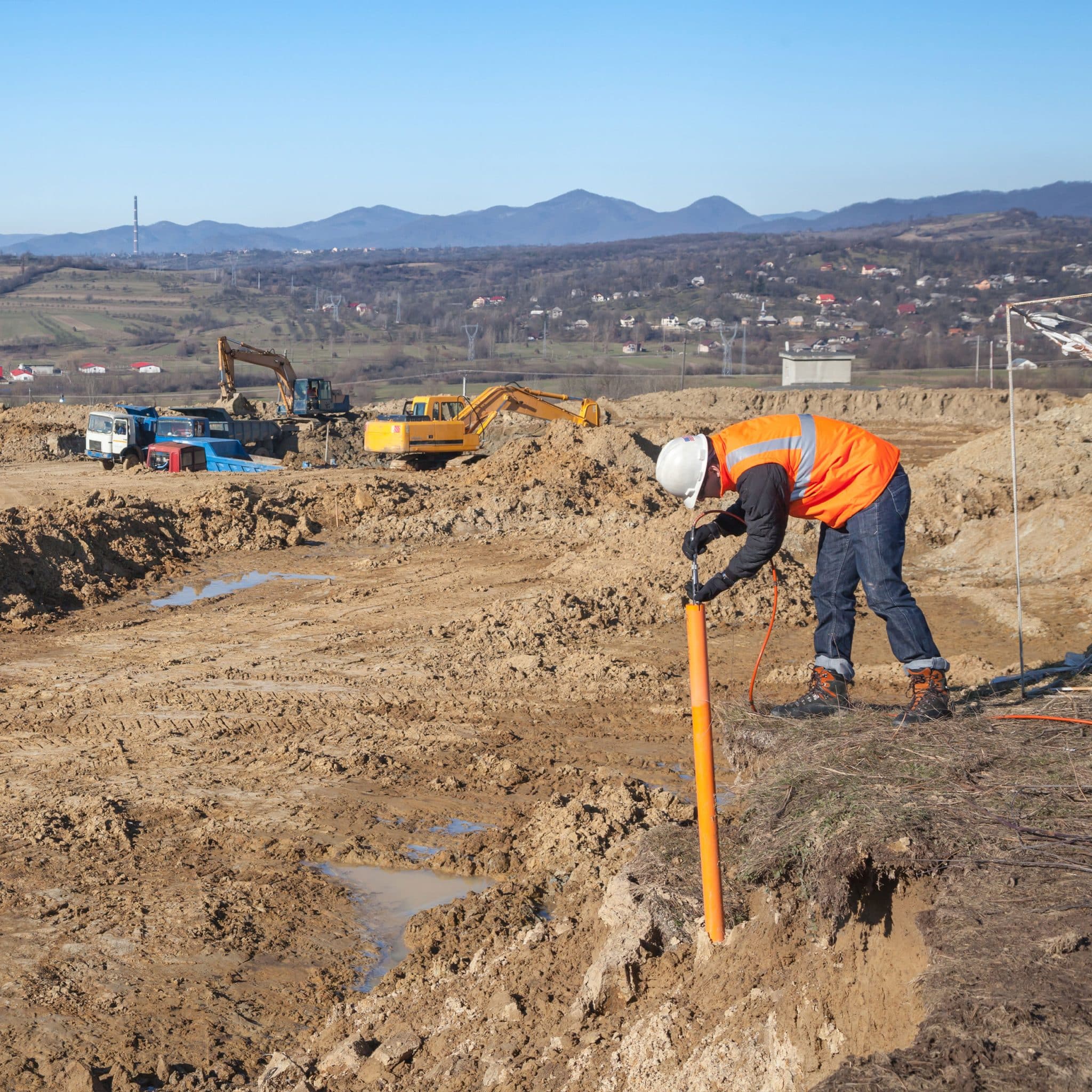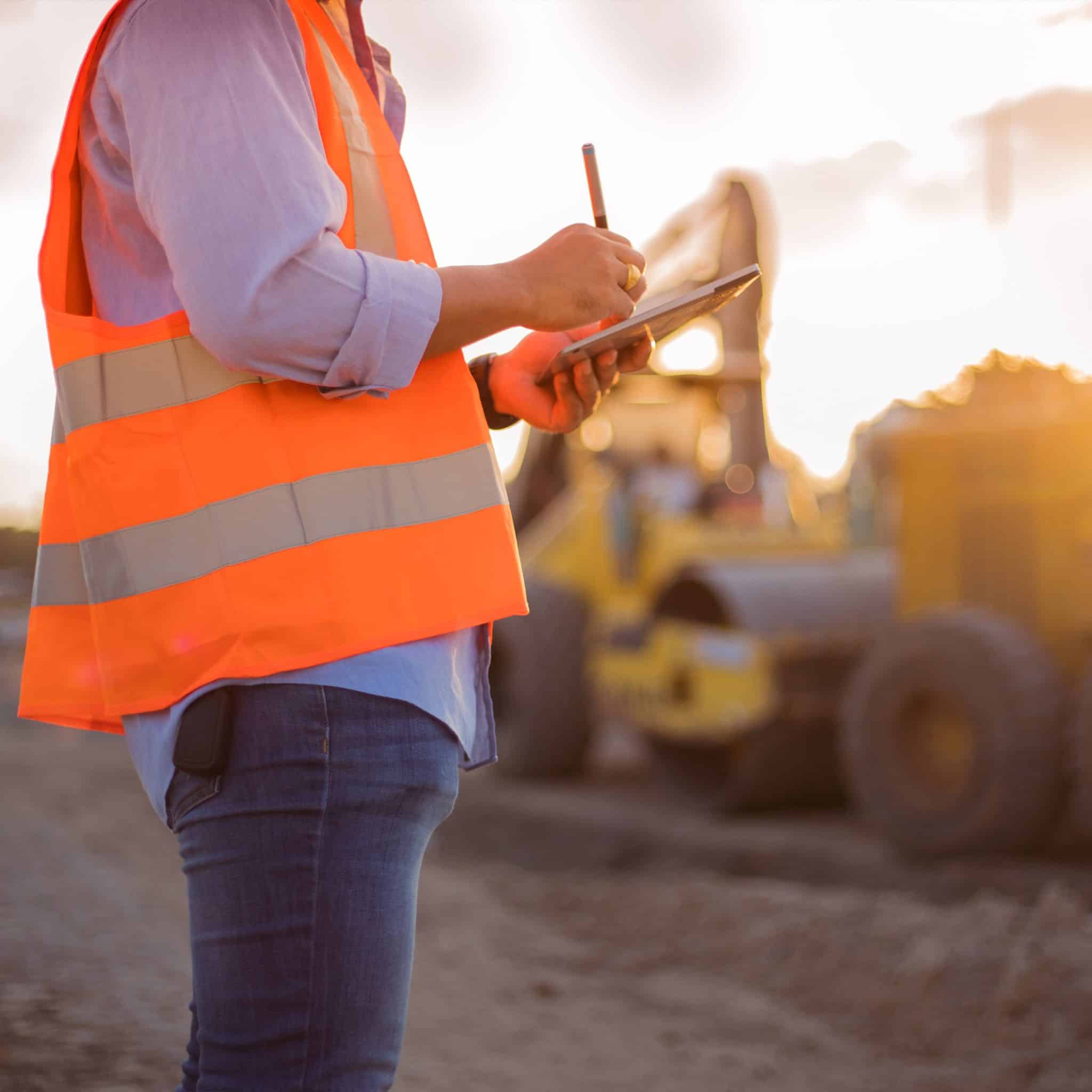Top Geotechnical Engineers for Cutting-Edge Soil Analysis and Structure Design
Top Geotechnical Engineers for Cutting-Edge Soil Analysis and Structure Design
Blog Article
Understanding the Necessary Function of the Geotechnical Market in Modern Building Projects and Facilities Development
The geotechnical industry is a foundation of modern-day construction and infrastructure growth, providing important insights into soil actions that directly influence project end results. Via advanced soil evaluations and cutting-edge engineering options, geotechnical professionals not just make sure structural integrity yet additionally address sustainability concerns in the middle of advancing environmental requirements.
Relevance of Soil Assessment
Soil evaluation plays a critical function in the geotechnical market, offering as the structure for notified decision-making in construction projects. Accurate soil evaluation is crucial for identifying the viability of a site for various types of frameworks, consisting of residential homes, commercial buildings, and bridges. By evaluating soil composition, thickness, strength, and wetness web content, designers can anticipate potential obstacles and reduce risks connected with ground instability, disintegration, and negotiation.
The analysis process usually entails a series of examinations and observations that supply important details concerning the subsurface problems. This information informs the style and building procedures, making sure that frameworks are improved strong ground with adequate support. Moreover, recognizing the dirt account makes it possible for designers to select proper building techniques and materials, maximizing source usage and decreasing prices.
Along with guaranteeing structural integrity, soil evaluation contributes to ecological sustainability. By identifying possible contamination or negative effects on surrounding ecosystems, engineers can implement strategies to shield these all-natural sources. In general, comprehensive dirt evaluation is essential in the geotechnical field, underpinning the safety and security, efficiency, and ecological responsibility of building jobs.
Secret Geotechnical Techniques
A variety of vital geotechnical strategies are employed to analyze and enhance the security and efficiency of building sites. One fundamental approach is dirt sampling and testing, which enables designers to figure out the chemical and physical buildings of the ground. This information is critical for making informed decisions pertaining to foundation design and building techniques.
One more necessary technique is website characterization, which entails the comprehensive assessment of dirt and rock conditions with techniques such as borehole exploration and in-situ testing. Methods like Criterion Infiltration Examinations (SPT) and Cone Infiltration Examinations (CPT) provide useful information on soil toughness and stratigraphy.
Ground renovation techniques, such as dirt stablizing and grouting, are additionally essential in boosting the load-bearing capability of weak dirts. These methods can mitigate negotiation and improve general site problems.
In addition, slope stability analysis is important for recognizing potential landslide threats and ensuring the security of excavations. This analysis typically employs numerical modeling and restriction equilibrium techniques to forecast soil habits under numerous conditions.
Incorporating these geotechnical methods into construction planning not only enhances job outcomes yet additionally guarantees the lasting sustainability of infrastructure growth.
Influence On Construction Safety

In addition, reliable geotechnical design entails executing mitigation approaches for determined threats. This may include soil stablizing strategies, retaining frameworks, or drainage systems to ease hydrostatic stress. By addressing these factors, building groups can lower the probability of mishaps and boost employee safety.
Furthermore, continual tracking of website problems is essential throughout building. Geotechnical instruments can supply real-time information pertaining to ground motion and security, enabling prompt treatments when necessary.
Essentially, the geotechnical market plays an essential duty in securing building jobs. By prioritizing ground stability and using extensive evaluation techniques, the geotechnical market not only protects the labor force yet additionally adds to the longevity and dependability of built facilities.
Sustainability in Geotechnical Practices

Moreover, geotechnical designers are now utilizing advanced modern technologies, such as geosynthetics, which improve dirt stability while decreasing the quantity of material called for. This not only saves sources but likewise leads to much less waste generation (consulting engineer). The assimilation of sustainable style concepts into geotechnical engineering motivates making use of sustainable power resources in building and construction processes, better reducing carbon discharges
By carrying out these analyses, geotechnical specialists can create strategies that mitigate damaging impacts, guaranteeing compliance with environmental regulations. Generally, the focus on sustainability within geotechnical techniques not only contributes to the longevity and strength of infrastructure yet likewise promotes a responsible technique to land and source administration.
Future Trends in Geotechnical Engineering
Development is driving the future of geotechnical engineering, as emerging methods and technologies improve the sector. The assimilation of innovative data analytics and a fantastic read artificial knowledge is readied to revolutionize website investigation and threat evaluation, making it possible for designers to make even more educated choices based on real-time information. Furthermore, the usage of geosynthetic products is acquiring traction, using sustainable services that boost soil security and reduce ecological influence.
An additional substantial fad is the fostering of automated and robotic systems Get More Information for surveillance and building and construction procedures. These modern technologies not just enhance accuracy yet additionally boost safety and security by reducing human participation in harmful atmospheres. Additionally, the implementation of Structure Info Modeling (BIM) in geotechnical layout promotes enhanced partnership among stakeholders, maximizing job shipment and decreasing costs.
As environment modification presents brand-new difficulties, the market is increasingly concentrating on resilience and adaptability in layout techniques, making sure infrastructure can withstand extreme climate occasions. Finally, the recurring fad toward sustainability will drive technology in eco-friendly products and methods, straightening geotechnical design with wider environmental objectives. Collectively, these patterns will form a much more reliable, lasting, and durable geotechnical landscape for future tasks.
Conclusion

The geotechnical market is a keystone of contemporary construction and facilities development, giving important understandings hop over to here into dirt behavior that straight influence task end results. tailings engineer.Dirt assessment plays an essential function in the geotechnical industry, offering as the foundation for educated decision-making in construction tasks. Overall, thorough soil assessment is vital in the geotechnical field, underpinning the security, performance, and environmental obligation of building tasks
Construction security is significantly influenced by geotechnical methods, as the security and stability of the ground straight influence the overall security of a building and construction site.In conclusion, the geotechnical industry is vital in modern-day construction and infrastructure advancement, providing vital analyses that make certain architectural integrity and safety.
Report this page